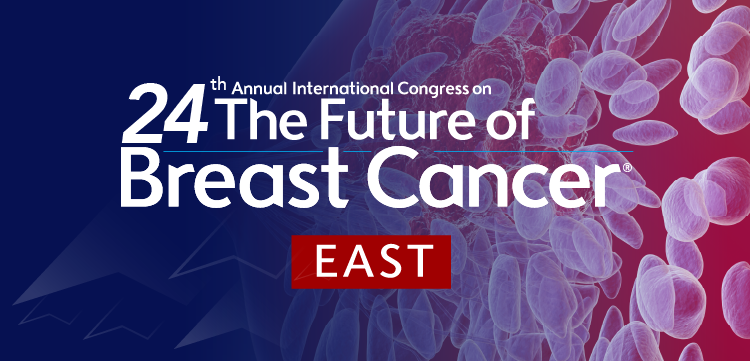
Reimagining Cancer Care: AHN’s Radiation Oncology Program

In January, AHN welcomed Chirag Shah, MD, as chair of its Department of Radiation Oncology.
In January,
With one of the largest radiation oncology programs in the country accredited by the American Society for Radiation Oncology, Dr. Shah and
Fighting the battle against breast cancer
Prior to joining AHN, Dr. Shah served as the co-director of the comprehensive breast cancer program and Director of Breast Radiation Oncology at Cleveland Clinic, specializing in short course breast cancer radiation, recurrent breast cancer, and targeted or partial breast radiation therapy.
With priorities like standardizing care and reducing the course of treatment at AHN, Dr. Shah says patients can experience much shorter courses of treatment without changing its efficacy. Traditional breast cancer treatment may require daily treatments for five to seven weeks, while targeted radiation has reduced the course for many patients to only five treatments.
Limiting the impact of lymphedema
Dr. Shah has spent over a decade specializing in prevention and treatment of lymphedema, a common side effect of breast cancer.
“I always tell my patients I never want the treatment to be worse than the disease,” said Dr. Shah. “An ounce of prevention is worth a pound of cure, so we really focus on proactively trying to monitor, prevent, and treat side effects, rather than reacting to them once they’re already a problem.”
Through techniques like Bioimpedance spectroscopy (BIS) — a non-invasive technique that measures the electrical resistance of body tissues — AHN doctors can catch lymphedema early and reduce the risk of chronic lymphedema when coupled with early intervention.
Other methods like prospective surveillance to monitor patients for symptoms throughout and after treatment, and
Treatment through leading-edge technology
While Dr. Shah brings a particular expertise in breast cancer care, he emphasizes that innovative and leading-edge technology in radiation therapy spans across AHN’s robust treatment programs for other cancers and diseases.
Prostate care: AHN offers an MRI-guided prostate treatment in only five treatments, as well as prostate seed brachytherapy and high dose rate brachytherapy — and is one of the only centers in the country to offer all three.
Low-dose radiation for osteoarthritis: AHN is pioneering a standardized way to use low-dose radiation to treat osteoarthritis patients who have not responded to other treatment options.
Collaborative cancer care
With AHN’s collaboration across disciplines, patients can rest assured that not just one, but a team of experts, is behind every care decision and treatment recommendation to provide the best possible outcome.
“Breast cancer care and all oncology care is a team sport,” said Dr. Shah. “AHN Cancer Institute combines the academia-backed, innovative research component with a shared commitment to bettering the patient experience, and it’s powerful to see all these groups — surgeons, oncologists, and more — working together toward that common goal.”
How to refer:
To refer patients diagnosed with cancer or who may benefit from radiation therapy for the treatment of other diseases, call (412) 578-HOPE.






































